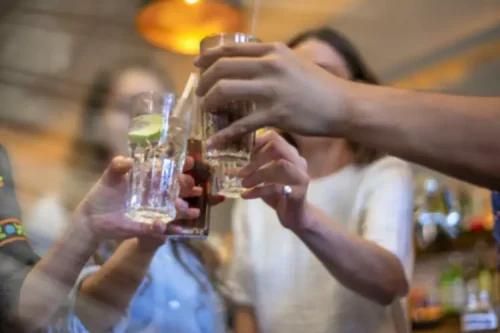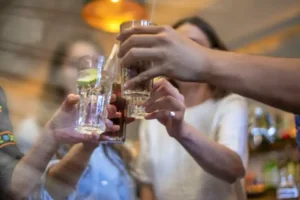11 ways to curb your drinking

Identifying triggers is important for quitting alcohol as they encompass specific emotions, situations, or environments that prompt the desire to drink. The process entails understanding these patterns and mapping out the circumstances contributing to alcohol drinking. Once identified, individuals avoid or develop strategies to manage these triggers. Begin by researching alcohol’s short-term and long-term effects, such as liver damage, cardiovascular disease, mental health issues, and social disruption.
Accessible Ways to Stop Drinking Alcohol

Psychological symptoms can include irritability, anxiety and restlessness. “Try doing a ‘dry’ month like Dry January, Go Dry for July or Sober October,” says Moore. In January 2020, more than 6 million people reportedly participated in Dry January, a campaign to reduce alcohol consumption organized by Alcohol Change UK. Follow-up research suggested that most tended to drink in healthier amounts afterward. Therapy can help you understand why you drink and learn new habits so you can live a healthy lifestyle that doesn’t rely on alcohol as a crutch.

Q: How does alcohol addiction progress through different stages?
Discover when your loved one doesn’t need a formal intervention and explore personalized support options today. Explore the addiction counselor job description, essential skills, and steps to embark on this impactful career. Unravel the link between drugs and heart attacks, from prescriptions to illicit substances. Explore environmental how to overcome alcoholism factors that led addiction, from trauma to socioeconomic challenges and family dynamics. If cravings become overwhelming, reach out for professional help or contact support services like SAMHSA’s National Helpline for additional resources. Take a moment to write down these motivations and keep them visible.

Mixing Weed and Alcohol: Effects and Risks
Are you ready to quit drinking or cut down to healthier levels? Keep alcohol away by removing alcohol from your home, avoiding social situations where drinking is common, and Halfway house limiting exposure to places that encourage alcohol drinking. Reinforcing these actions with healthier alternatives, such as engaging in new hobbies or regular physical activity, helps strengthen the commitment to sobriety. The process involves self-assessment and professional guidance to uncover motivations.
- If you don’t have people currently in your life who can help you quit drinking, you’re still not in this alone.
- It is hard to quit alcohol when you don’t see anything wrong with it.
- Reinforcing these actions with healthier alternatives, such as engaging in new hobbies or regular physical activity, helps strengthen the commitment to sobriety.
- If you tend to drink too much whenever there is any alcohol in the house, get rid of it altogether, the NIAAA recommends.
Medical treatment is usually necessary, starting with medically supervised detox followed by comprehensive addiction treatment. The middle alcoholic stage (or “crucial” stage) is when physical dependence takes hold. Your body now expects alcohol regularly, and you feel uncomfortable without it. Many people realize they have a problem at this point and try to control their drinking. Drinking causes problems, which creates stress, which leads to more drinking to cope with that stress.
Find new meaning in life
- Letting others know about your choice to stop drinking may help motivate you to stick with your decision.
- Participants share their experiences and emotions in a supportive, confidential setting, encouraging open communication and mutual understanding.
- Discover how to overcome burnout after you’ve burnt out, from recognizing symptoms to strategies for recovery.
- Alcohol withdrawal symptoms usually start within hours after you stop drinking, peak in a day or two, and improve within five days.
- Medications like Naltrexone, Acamprosate, and Disulfiram can assist in managing cravings and deterring alcohol use.
Remember that your loved one is ultimately responsible for managing their own illness. The three-step road map outlined in the NIAAA Alcohol Treatment Navigator offers expert guidance to focus and support your efforts. Learn how to find higher quality, science-backed alcohol treatment to raise your changes for success. Motivational enhancement is conducted over a short period of time to build and strengthen motivation to change drinking behavior. During this stage, most people focus their energy on coping with cravings and resisting the urge to drink. Information provided on Forbes Health is for educational purposes only.

This way, you can still have refreshing drinks that don’t involve alcohol, making it easier to resist cravings. Setting clear limits on alcohol intake is essential for managing consumption. For women and older men, the guideline suggests no more than one drink per day, while younger men may have up to two.

 العربية
العربية English
English